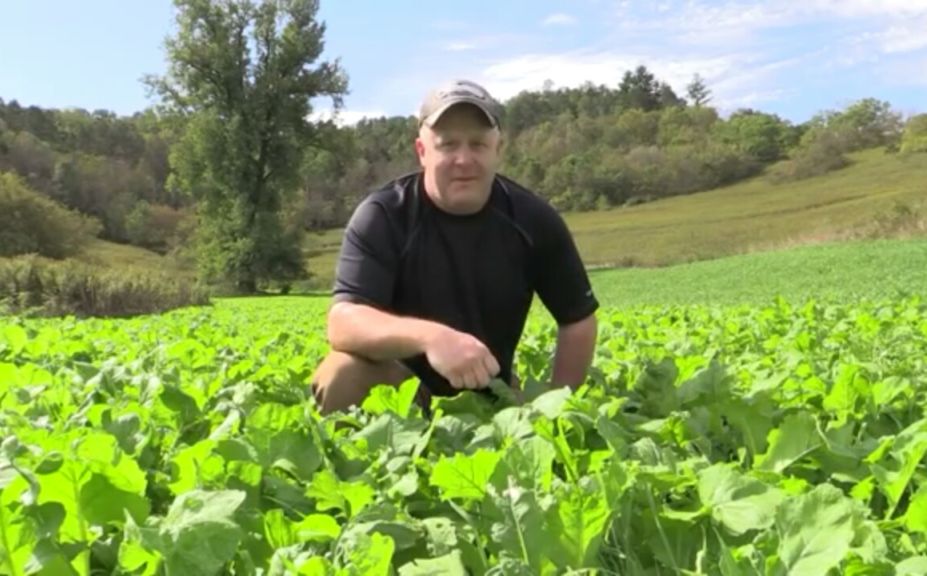Food plots are planted areas that act as supplementary food sources for wildlife. Commonly, food plot crops comprise legumes, like beans, alfalfa, clovers, wildflowers, and grains. These plants can either be perennial or annual. In an agricultural area, food plots are planted in fields when the crops get harvested. Food plots add cover, plant diversity, and food to a landscape. When fall plowing fails to give crop residue, a food plot turns into a superb choice to encourage the survival of wildlife. In the absence of a dependable food source, the finest winter cover, too, seems insignificant to wildlife.
Pros Of Food Plots
Though not many people know, deer consume a lot. A deer requires nearly 7 pounds of food every day. During the summer months, 16% of their diet should be protein. Hence, it seems tough to fulfill the nutritional requirements of deer. In this matter, seeding food plots seems to be a sensible decision. Food plots can fill in these gaps efficiently. Deer, by their very nature, love to browse; as a result, they can easily locate food plots and begin to use them. A perennial plant lasts for several years and is considered the finest bet for food plots.
To derive lots of protein, some cool-season legumes, such as alfalfa, chicory, and clover, work wonders. Some prefer to plant companion crops, such as cereal grains, including winter wheat, rye, and oats. These plants seem to control weeds. Additionally, they also propose shade to the cool-season legumes. Some wild-season annuals comprise peas, buckwheat, corn, and lablab. They can enjoy a healthy pregnancy when they get nutrients in ideal quantities. Additionally, it also gives them lactation.
Steps To Add Food Plots
If you want to include food plots, you need to begin with the steps mentioned below:
- Get A Suitable Location –If you want to plant food plots, you need to find an open, flat area with sufficient sunlight. You must avert sloped, rocky, and shaded areas. However, you can choose both rectangular- or square-shaped plots. Some say irregular-shaped plots become the best as they propose more edge habitats. Additionally, they also make wildlife feel safe.
- Examine The Soil– After discovering an ideal location, you should examine the soil. When you make a soil test, you will know the nutrients you must include, such as nitrogen, sulfur, or lime, for perfect crop growth.
- Form An Excellent Seedbed –Seedbeds are places where seeds take root and begin to grow. Hence, you must choose excellent seedbeds as they propose incessant seed-to-soil contact. Again, these seedbeds are devoid of brush and weeds, as they hinder growth and take in nutrients.
- Select The Crops– You must choose your soil type well to choose food-plot plants. You have to consider the wildlife you wish to attract besides the money and time you wish to devote. Additionally, you have to make your pick between perennials and annuals, too.
- Follow Every Planting Direction– It is important to review all the plant instructions in the bag. This way, you can determine how and when to plant the seeds.
Conclusion
Seeding food plots seems advantageous as food plots propose nutrition and supplementary food for wildlife. Mostly, people plant them to attract turkeys and deer to their property, particularly during the hunting season. Food plots are planted twice during the year. When food plots propose food in summer and spring, they propose nutrition for nursing as well as their fawns and food plots that propose food in the cool season entice deer to hunt.


